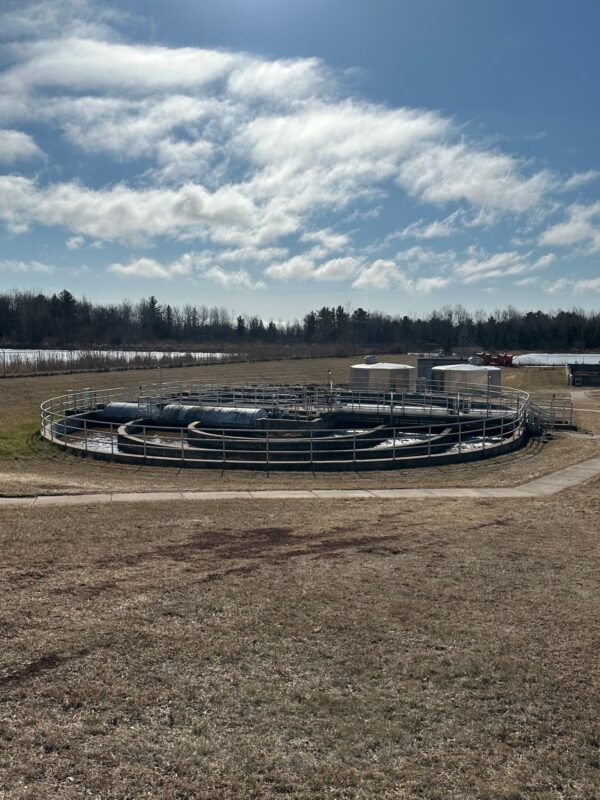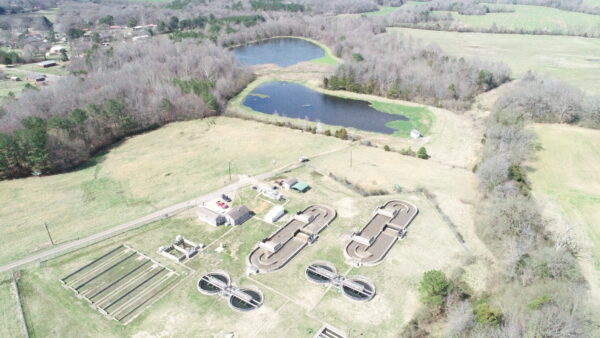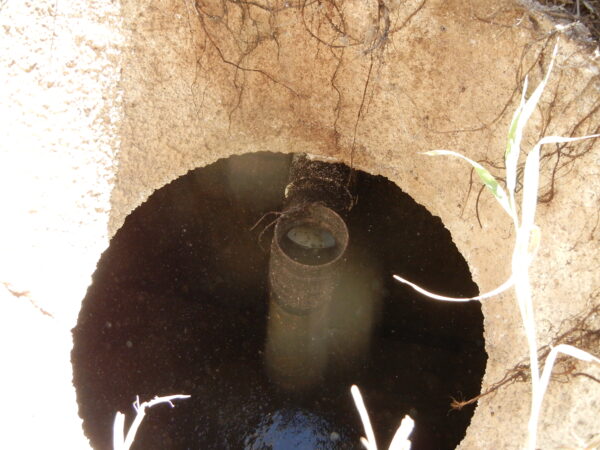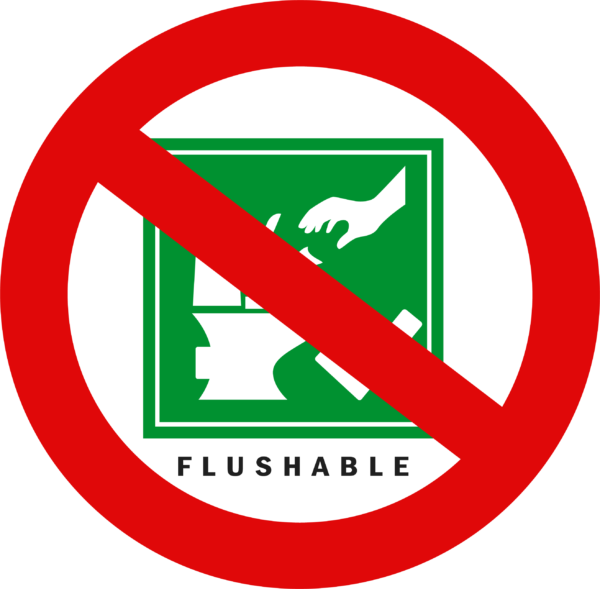Resolving Inflow and Infiltration Issues in a Growing Community
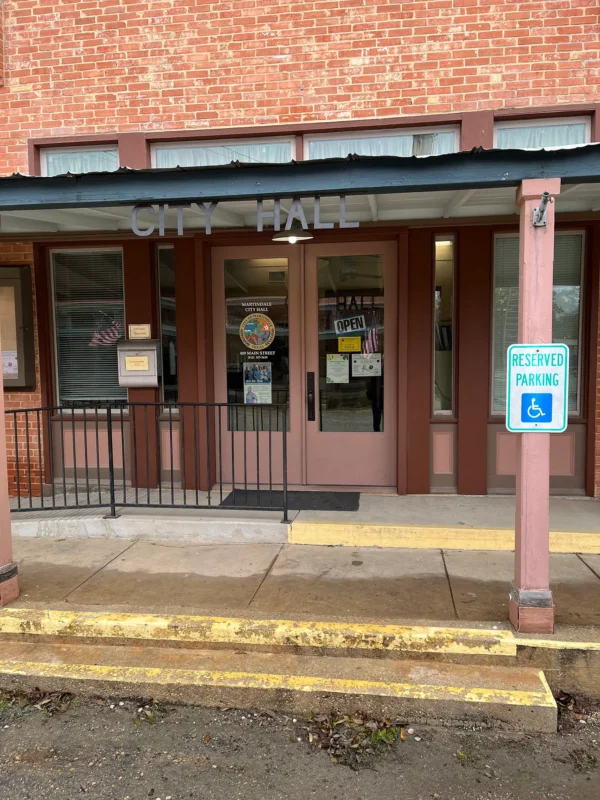
Members from Communities Unlimited’s (CU) Environmental Team recently visited the rural community of Martindale, Texas, population 1250. Located in the fast-growing region of Central Texas, this small city owns and operates its own wastewater treatment plant, while the city’s drinking water is provided by the Martindale Water Supply Corporation.
The original reason for the visit was to help the wastewater operator find a solution to the inflow and infiltration in the flood plain of the San Marcos River, where stormwater was entering the wastewater system through open sewer lines. However, during discussion with the operator, CU learned that I&I was not the only problem affecting the system: the plant was also in violation with the Texas Commission on Environmental Quality (TCEQ) for high pH levels in their wastewater ponds/lagoons. The team also discovered that the plant was suffering from excessive sludge build-up, reducing pond capacity and useful life.
Regarding the I&I, the operator informed CU that storm water was entering the wastewater system at a site where homes had been demolished to mitigate a flooding problem. Unfortunately, when the homes were destroyed, the construction contractor did not cap the lateral sewer lines for each vacant property lot. Since then, during rain events when the area floods, stormwater enters the wastewater system, overburdening the wastewater plant.
In such situations, a smoke test is often the first option for locating open sewer lines that are allowing stormwater inflow. Unfortunately, after contacting several agencies and organizations, they could not find any smoke test equipment to borrow. Instead, the team and operator decided that the next best solution would be to borrow a sewer line inspection camera from a local plumbing contractor. The camera would then be inserted at the maintenance hole located in front of vacant property lots to search for sewer lines and buried taps, and capping the lateral sewer lines to stop the infiltration and inflow.
After addressing the I&I issue, the team turned its attention to the lagoon’s high pH levels. They discussed several options with the plant operator, leading to a short-term, yet cost-effective, solution of treating each pond with muriatic acid and implementing a pH monitoring schedule.
Finally, the team provided the plant’s operator with a list of chemical vendors specializing in enzyme-based products that decompose sludge– an affordable alternative for improving the hydraulic volume and loading capacity of the ponds.
Thanks to CU’s Environmental Team, the City of Martindale’s plant operator is aware of next steps to take – and low-cost resources to use– to triage the system’s immediate technical issues. Long-term issues still loom, however: recently, a developer approached the city with plans to build a new subdivision, bringing flows that would exceed the capacity of the existing system. The CU team stands ready to help city leaders evaluate options for appropriate treatment technology to accommodate the potential increase in flow and embrace the city’s growth.
